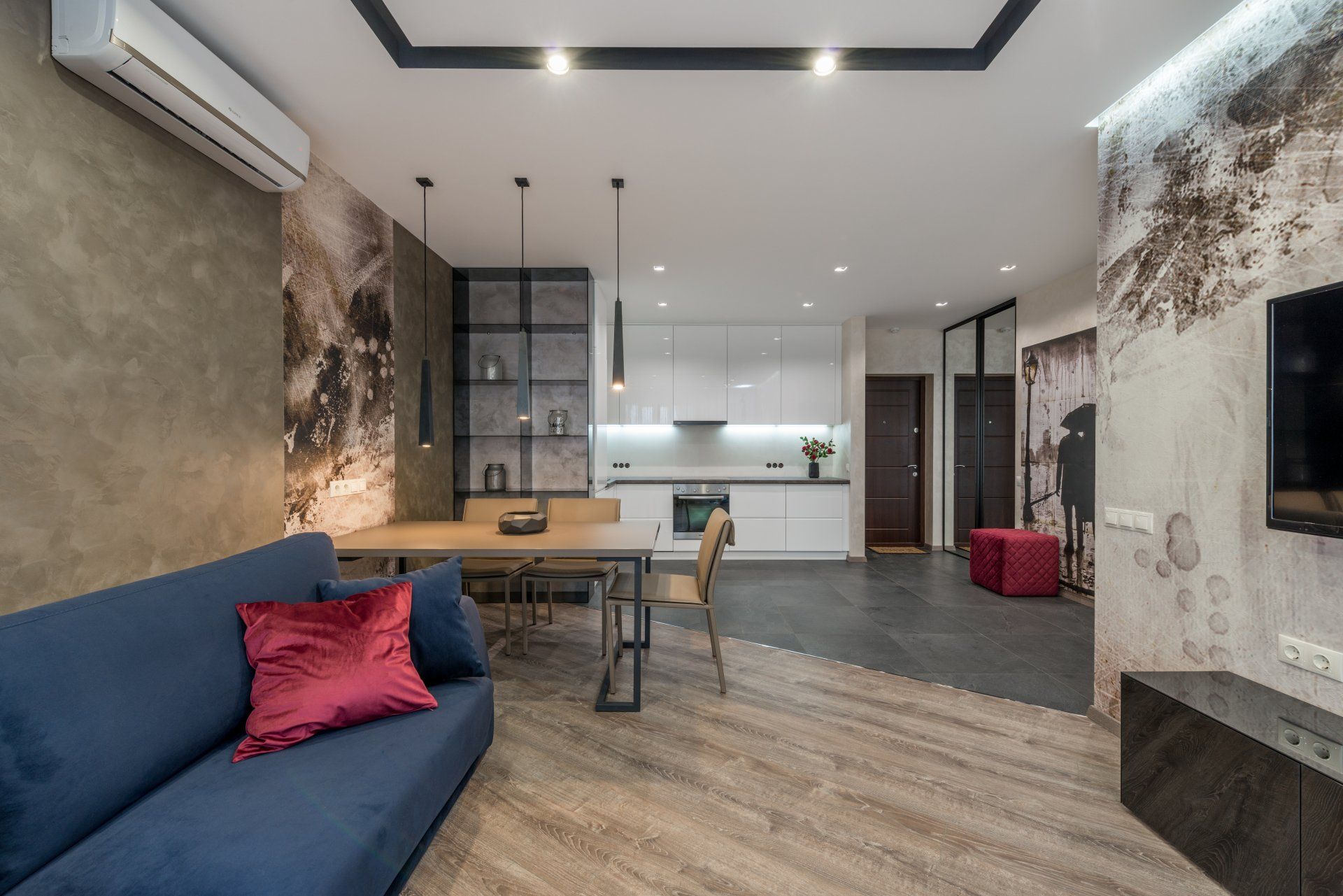Sell Customer Experiences, Not Customer Service
At first glance, the phrase "customer experiences" might seem like a clever rebranding of "customer service," but there’s a world of difference between the two. Customer service is about meeting expectations—answering calls, providing a product, or completing a task. Customer experiences, however, are about exceeding expectations, creating moments of delight, and building emotional connections. The shift from service to experience is not just semantics; it’s a strategic imperative that transforms businesses into customer-centric brands.
Here’s how focusing on customer experiences—not just service—can help you stand out in any service-driven industry.
The Difference Between Service and Experience
Imagine two companies offering the same basic service: landscaping. One company answers inquiries quickly, mows the lawn, trims the bushes, and maintains the yard. This is good customer service. The other company, however, goes beyond the basics. They customize seasonal plans, proactively offer eco-friendly solutions, and anticipate the client’s needs before they arise. They deliver not just a neatly trimmed lawn but also a sense of pride and relaxation for the homeowner. This is selling a customer experience.
Customer service keeps the wheels turning; customer experiences build loyalty and advocacy.
Why Selling Experiences Matters
In an increasingly competitive market, customers no longer just evaluate what you offer—they evaluate how you make them feel. Selling customer experiences addresses the core problems your clients face, fostering trust, ease, and satisfaction.
- For residential customers: It’s not just about mowing the lawn. It’s about creating a sanctuary where families can unwind, enjoy time together, and host gatherings without worrying about yard maintenance.
- For commercial customers: It’s not merely about maintaining the grounds. It’s about aligning with the company’s brand image and ensuring the property always reflects professionalism.
- For municipalities and institutions: These clients don’t just need grass cut and flower beds maintained. They need landscapes that reflect community pride and support public spaces where people gather.
By focusing on the experience, you move from being a vendor to becoming an indispensable partner.
Building Customer Experiences by Segment
Creating transformative customer experiences starts with understanding your audience. Let’s explore how different industries can apply this principle.
1. Residential Customers: The Relaxation Seeker
Homeowners often see landscaping as a chore that cuts into their precious free time. They want a yard they can enjoy without lifting a finger.
- Sell the Experience: “Transform your yard into a stress-free oasis with landscaping services designed to let you relax and enjoy your outdoor space.”
- Deliver the Experience: Offer flexible service plans, detailed consultations, and proactive maintenance schedules that eliminate homeowner guesswork.
2. Commercial Customers: The Professional Impressionist
Commercial clients understand that a well-maintained property reflects their brand. They don’t want disruptions, and they expect reliability.
- Sell the Experience: “A pristine landscape speaks volumes about your business. We ensure your property always reflects your professionalism.”
- Deliver the Experience: Provide consistent service schedules, communicate effectively about seasonal needs, and offer tailored solutions that enhance curb appeal.
3. Construction Companies: The Deadline-Driven Builder
Construction firms need landscaping services that are aligned with project timelines, whether it’s grading a site or laying sod before a grand opening.
- Sell the Experience: “Deadlines are tight, and first impressions matter. Our landscaping services keep your projects on schedule and looking their best.”
- Deliver the Experience: Guarantee on-time project completion with minimal disruption, backed by clear communication and detailed planning.
4. Municipalities and Institutions: The Community Caretaker
Local governments and institutions must balance public perception, operational efficiency, and sustainability. Well-maintained parks, schools, and community spaces are essential.
- Sell the Experience: “Your community deserves beautiful, functional spaces. We partner with you to maintain landscapes that reflect local pride.”
- Deliver the Experience: Provide scalable solutions for parks, public buildings, and event spaces, ensuring reliability and community satisfaction.
5. High-Volume Clients: The Scalable Solution Seeker
Large properties or campuses require consistent, high-quality landscaping on a large scale. Clients need flexibility without sacrificing quality.
- Sell the Experience: “From corporate campuses to university grounds, our landscaping services scale with your needs, ensuring every detail is covered.”
- Deliver the Experience: Maintain a team trained to handle large-scale projects with precision, offering services that evolve as client needs grow.
How to Build a Customer Experience-First Brand
If you’re ready to shift from selling service to delivering experiences, here’s how to start:
- Know Your Customers: Empathy mapping and segment analysis are essential. Understand your customer’s goals, frustrations, and what they value most.
- Tailor Your Messaging: Speak directly to their pain points and aspirations. Use language that shows you understand their challenges and offer solutions that resonate emotionally.
- Empower Your Team: Train employees to focus on building relationships, not just completing tasks. When a landscaper takes the time to understand a family’s backyard vision or a company’s branding needs, it fosters trust and loyalty.
- Deliver Consistently: Experiences only work if they’re reliable. Guarantees like “on-time service” or “eco-friendly maintenance” create a reputation for trustworthiness.
- Highlight Your Differentiators: Whether it’s sustainability, high-quality equipment, or responsive service, ensure your unique advantages are part of every interaction.
The Takeaway: Experiences Build Loyalty
Customers may initially choose your company because of price or availability, but they’ll stay because of the experiences you create. Transforming service into an experience fosters trust, loyalty, and advocacy—qualities that not only win new business but also keep existing clients coming back.
So, stop selling customer service. Start delivering customer experiences that make your clients’ lives easier, their businesses more efficient, and their communities better places to live.


Indispensable Marketing takes a process approach to developing and installing your small business marketing.


